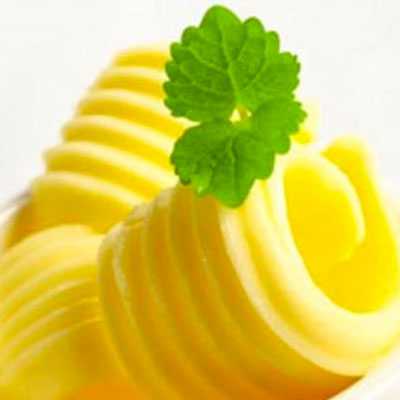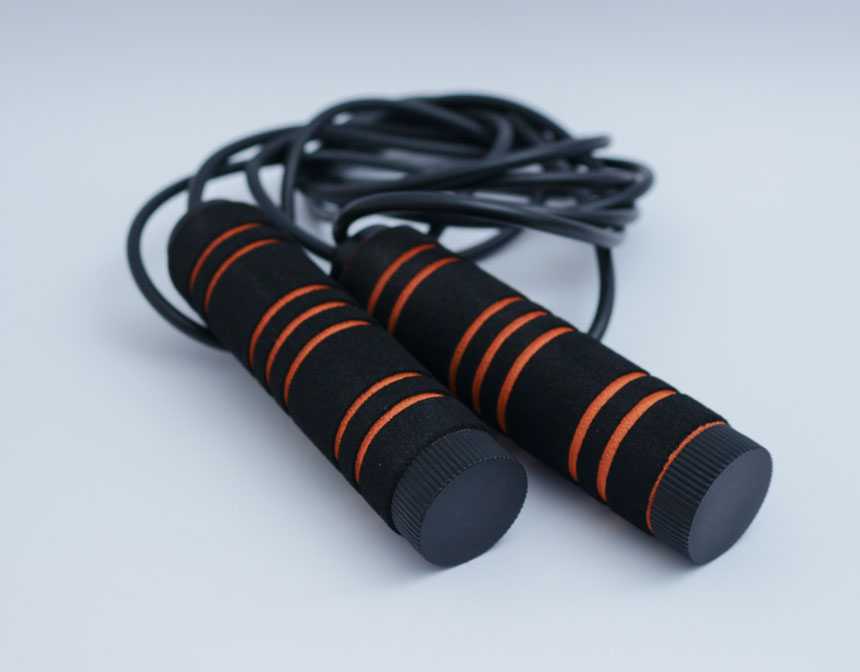The Enticing Origins of Monkey Bread
Monkey bread, also known as pull-apart bread, has its roots deeply ingrained in the American culinary landscape, though its exact origins remain a bit elusive. Many believe it got its quirky name due to the fun, pick-apart nature of the bread, resembling monkeys picking and playing. The beauty of this dish lies in its adaptability, with variations like the cinnamon roll monkey bread gaining immense popularity. The very essence of monkey bread ingredients captures the hearts of many; soft, doughy balls covered in a sweet, sticky, and buttery sauce, often punctuated with nuts or raisins.
The Evolution from Cinnamon Rolls
Over the years, creative bakers have found ways to incorporate the beloved flavors of other desserts into the monkey bread framework. The evolution of cinnamon roll monkey bread is a testament to this. Infusing the dough with the characteristic flavors of a cinnamon roll and layering it with luscious cinnamon sugar creates a fusion that's simply irresistible. This merger has allowed for an easy monkey bread recipe that brings together the best of both worlds.
Homemade Delight
Nothing beats the aroma and warmth of homemade monkey bread straight out of the oven. While shortcuts exist, many baking enthusiasts argue that to truly appreciate this treat, one must delve into making a homemade monkey bread version. Starting from scratch, choosing each ingredient with care, and watching the dough rise, only adds to the charm of the final product. Whether it's the traditional version, one accentuated with cinnamon rolls, or any other twist, the joy of crafting it in your kitchen is unparalleled. With every bite, it's a delightful reminder of the love and effort that went into it.
What Is Monkey Bread And Why Is It Called That?
Monkey bread is a sweet, sticky, and gooey pastry that's reminiscent of a bunch of cinnamon rolls bundled together. It's typically made from pieces of soft dough that are rolled in cinnamon sugar, then piled into a pan, covered in a buttery brown sugar sauce, and baked. Once it's done, the bread is easily pulled apart into bite-sized morsels, making it a fun, communal dessert or breakfast item.
The origins of its playful name "monkey bread" are somewhat unclear, but there are a couple of popular theories. One is that the bread is named for its appearance which, with its bumpy, uneven surface, can be said to resemble the rough and textured appearance of a monkey's fur. The more widely accepted theory is based on how it's eaten. The bread is typically torn apart by hand, piece by piece, in a way that might be likened to how monkeys pick at and play with their food or objects. The act of pulling apart the bread and eating it with one's fingers is reminiscent of the playful, communal nature of monkeys.
What Nationality Is Monkey Bread?
Monkey bread is believed to have its origins in the United States. It became particularly popular in the mid-20th century, especially during the 1950s and 1960s, thanks in part to the introduction and convenience of pre-packaged biscuit dough. However, the concept of pull-apart breads, where pieces are grabbed or torn off, is seen in various cultures around the world, but the sweet, sticky, cinnamon and sugar-coated version known as monkey bread is distinctly American in its current popular form.
There are other breads from different cultures that are somewhat reminiscent of monkey bread. For instance, Hungarian "aranygaluska" is often cited as a precursor to the American monkey bread. Aranygaluska is made of small dough balls rolled in sugar, assembled together, and baked, resulting in a similarly pull-apart style dessert. However, the monkey bread that most Americans are familiar with today, especially with the inclusion of brown sugar and canned biscuit dough, is a uniquely American adaptation.
Does Monkey Bread Contain Eggs?
Monkey bread recipes can vary, and while many traditional monkey bread recipes do not require eggs, some variations might include them, especially if the dough is made from scratch. Eggs can give the dough a richer flavor and a softer texture.
If you're using pre-packaged biscuit dough (a popular shortcut for making monkey bread), then you're unlikely to need eggs for the dough itself. However, some recipes that aim for a richer, brioche-like texture or that have a custardy layer might incorporate eggs.
Always check the specific recipe you're following to determine if eggs are required. If you have dietary restrictions or allergies, there are egg-free monkey bread recipes available, and substitutions like flaxseed or chia seed mixtures can sometimes be used as binders in place of eggs.
What To Serve with Monkey Bread?
Monkey Bread is a sweet pastry that's perfect for breakfast or dessert.
Here are some delicious recipes that you can serve with Monkey Bread:
Whipped Cream: A dollop of freshly whipped cream adds a delightful creaminess to each bite of Monkey Bread. You can also flavor the whipped cream with a hint of vanilla.
Vanilla Ice Cream: If you're serving Monkey Bread for dessert, a scoop of vanilla ice cream on top can be heavenly. The contrast between the warm, gooey bread and the cold ice cream is divine.
Scrambled Eggs: If you're having Monkey Bread for breakfast, scrambled eggs make a great accompaniment. The combination of sweet bread and savory eggs is a classic breakfast pairing.
Coffee: Monkey Bread goes exceptionally well with a cup of freshly brewed coffee. The rich, warm flavors of coffee complement the sweetness of the bread.
Tea: If you prefer tea over coffee, consider serving a variety of herbal or black teas. The subtle flavors of tea can be a delightful contrast to the rich Monkey Bread.
What Can I Use Instead Of A Bundt Pan For Monkey Bread?
If you don't have a bundt pan, there are several other options you can use to make monkey bread. Here are some alternatives:
Loaf Pan: You can use one or two standard loaf pans, depending on the amount of dough. This will give you a rectangular shape rather than a ring.
Tube Pan (Angel Food Cake Pan): This is the closest in design to a bundt pan, with a central tube to allow even cooking. It can be used as a direct substitute for a bundt pan.
Muffin Tin: Make mini monkey breads by distributing the dough balls into individual muffin cups. This not only speeds up the baking time but also creates individual servings which can be fun for parties or gatherings.
9x13-inch Baking Dish: A standard rectangular baking dish can also be used. The monkey bread will be flatter than in a bundt pan but will still taste delicious.
Round Cake Pan: If you have a deeper round cake pan, it can work in a pinch.
Cast Iron Skillet: A large cast iron skillet can provide a crispy bottom layer that some people find appealing.
When using an alternative pan, be sure to adjust the cooking time accordingly. Smaller or shallower pans may require less baking time, while deeper pans might need a bit more time. Always keep an eye on the monkey bread and test for doneness by checking if the pieces in the middle are cooked through.







































